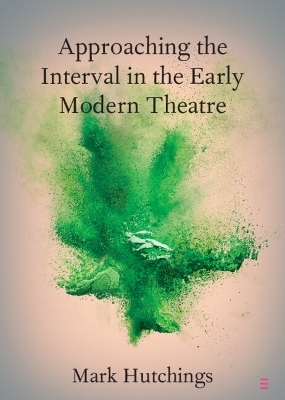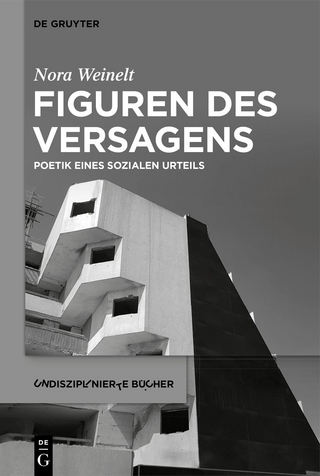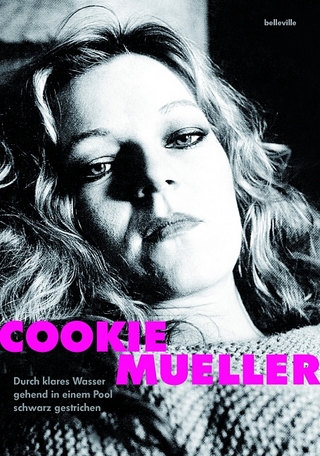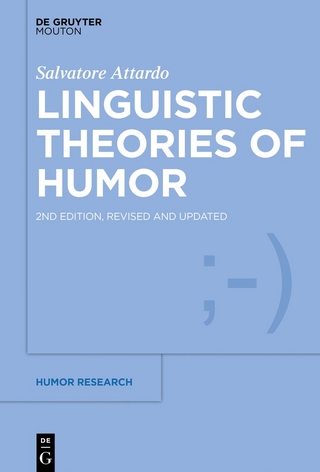
Approaching the Interval in the Early Modern Theatre
The Significance of the 'Act-Time'
Seiten
2024
Cambridge University Press (Verlag)
978-1-108-79192-2 (ISBN)
Cambridge University Press (Verlag)
978-1-108-79192-2 (ISBN)
In requiring artificial light, the early modern indoor theatre had to interrupt the action so that the candles could be attended to, if necessary. This Element explores how the interval affected composition and stagecraft and how amphitheatre plays were converted for indoor performance (and vice versa).
In requiring artificial light, the early modern indoor theatre had to interrupt the action so that the candles could be attended to, if necessary. The origin of the five-act, four-interval play was not classical drama but candle technology. This Element explores the implications of this aspect of playmaking. Drawing on evidence in surviving texts it explores how the interval affected composition and stagecraft, how it provided opportunities for stage-sitters, and how amphitheatre plays were converted for indoor performance (and vice versa). Recovering the interval yields new insights into familiar texts and brings into the foreground interesting examples of how the interval functioned in lesser-known plays. This Element concludes with a discussion of how this aspect of theatre might feed into the debate over the King's Men's repertory management in its Globe-Blackfriars years and sets out the wider implications for both the modern theatre and the academy.
In requiring artificial light, the early modern indoor theatre had to interrupt the action so that the candles could be attended to, if necessary. The origin of the five-act, four-interval play was not classical drama but candle technology. This Element explores the implications of this aspect of playmaking. Drawing on evidence in surviving texts it explores how the interval affected composition and stagecraft, how it provided opportunities for stage-sitters, and how amphitheatre plays were converted for indoor performance (and vice versa). Recovering the interval yields new insights into familiar texts and brings into the foreground interesting examples of how the interval functioned in lesser-known plays. This Element concludes with a discussion of how this aspect of theatre might feed into the debate over the King's Men's repertory management in its Globe-Blackfriars years and sets out the wider implications for both the modern theatre and the academy.
1. Introduction; 2. Candles and Questions; 3. Scripting the Act-Time; 4. Amphitheatre Hall; 5. The Globe Blackfriars Effect; 6. Coda; 7. Appendix; Reference.
| Erscheinungsdatum | 13.04.2024 |
|---|---|
| Reihe/Serie | Elements in Shakespeare Performance |
| Zusatzinfo | Worked examples or Exercises |
| Verlagsort | Cambridge |
| Sprache | englisch |
| Maße | 127 x 178 mm |
| Gewicht | 115 g |
| Themenwelt | Kunst / Musik / Theater ► Theater / Ballett |
| Geisteswissenschaften ► Sprach- / Literaturwissenschaft ► Anglistik / Amerikanistik | |
| Geisteswissenschaften ► Sprach- / Literaturwissenschaft ► Literaturwissenschaft | |
| ISBN-10 | 1-108-79192-1 / 1108791921 |
| ISBN-13 | 978-1-108-79192-2 / 9781108791922 |
| Zustand | Neuware |
| Informationen gemäß Produktsicherheitsverordnung (GPSR) | |
| Haben Sie eine Frage zum Produkt? |
Mehr entdecken
aus dem Bereich
aus dem Bereich
Poetik eines sozialen Urteils
Buch | Hardcover (2023)
De Gruyter (Verlag)
59,95 €
Buch | Softcover (2024)
belleville (Verlag)
20,00 €


